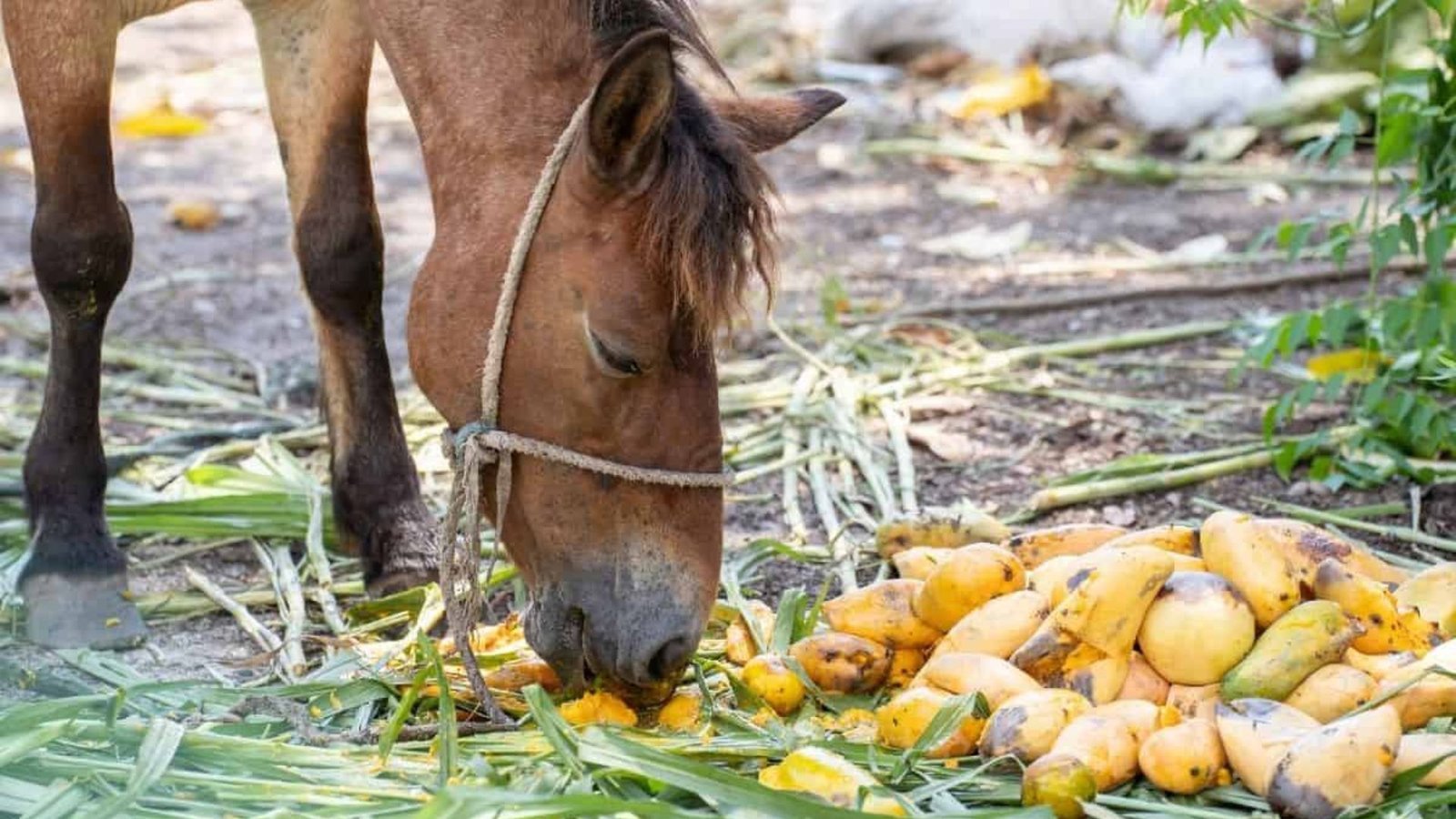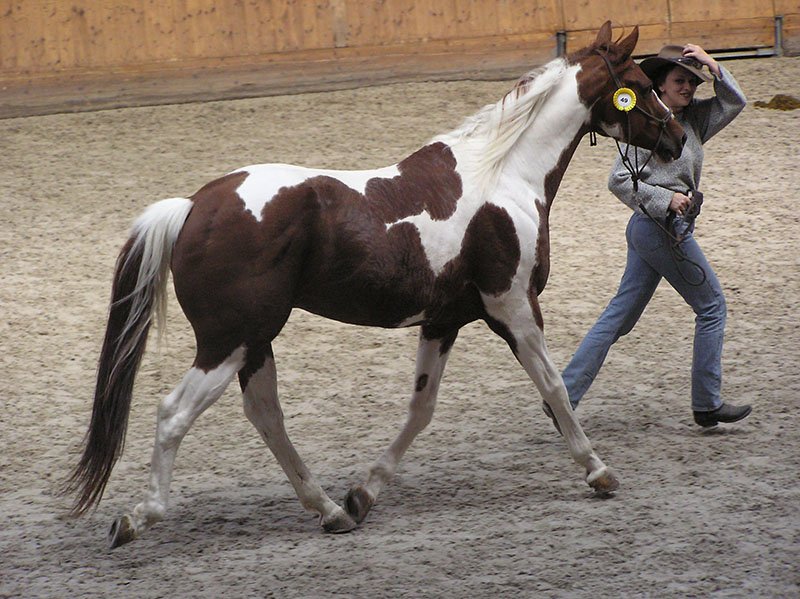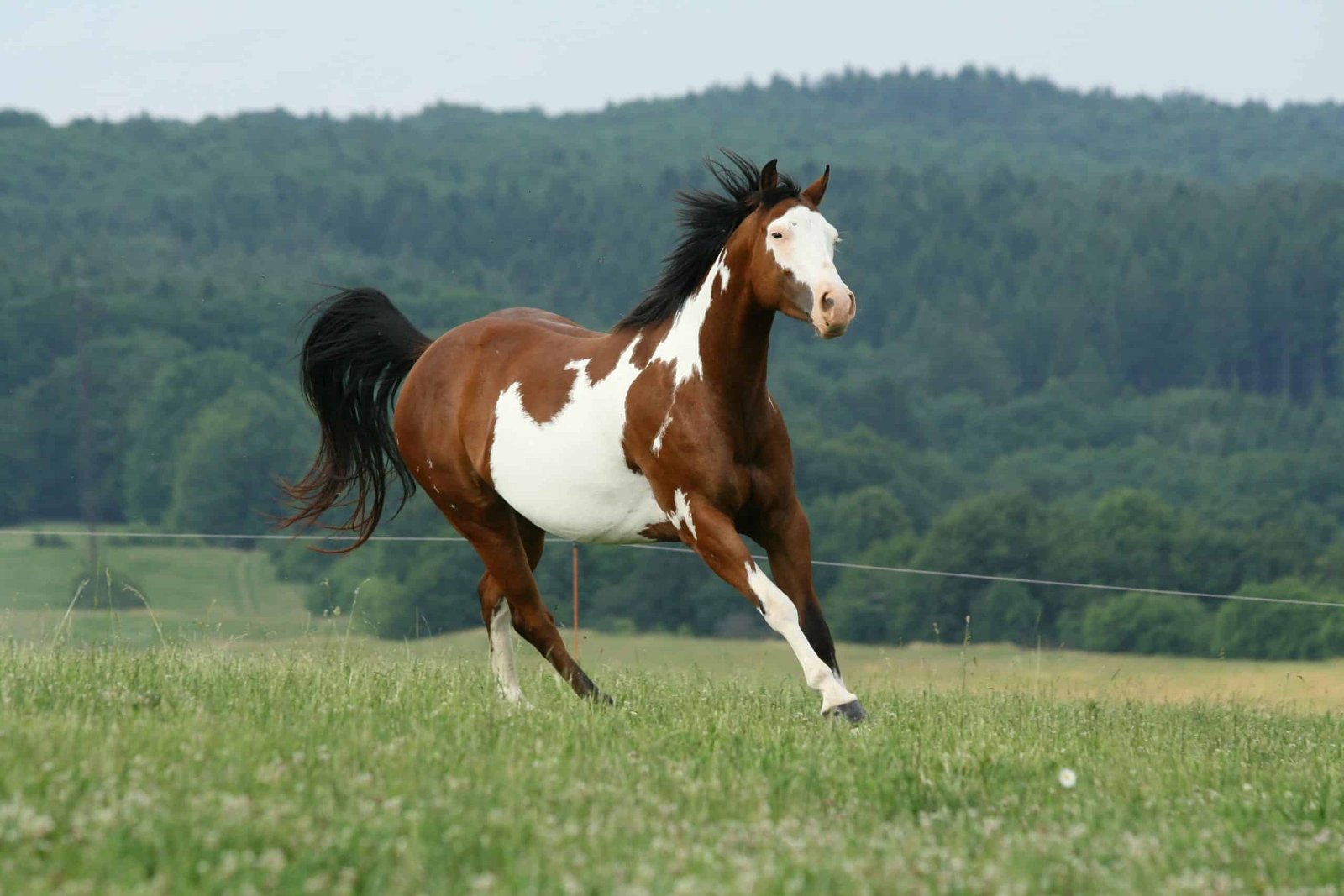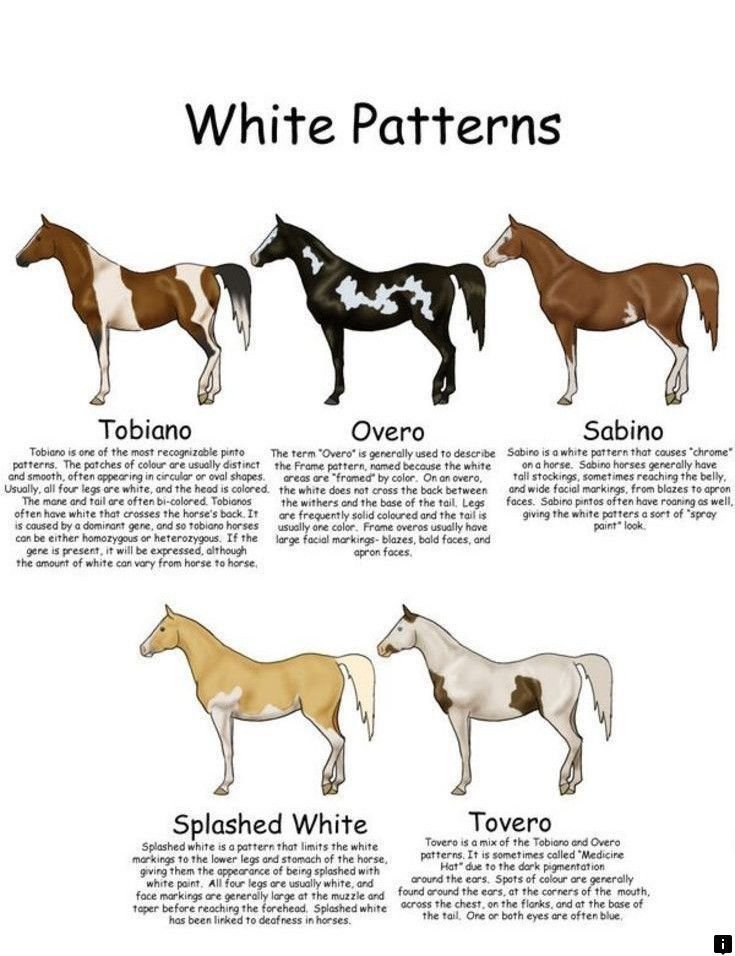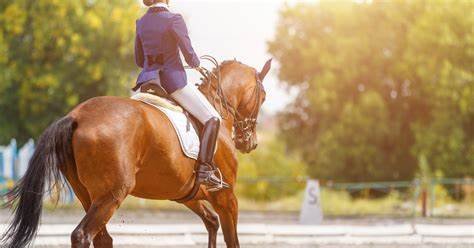Paint horses are known for their striking coat patterns and calm temperaments. They are versatile, hardworking animals that excel in a variety of equestrian disciplines, including western riding, trail riding, and even competitive events like reining and barrel racing. To keep a paint horse healthy and performing at its best, it is crucial to provide proper nutrition. Just like any other horse breed, a paint horse’s diet plays a key role in maintaining its overall health, performance, and longevity. In this article, we’ll explore some essential feeding tips to ensure your paint horse stays in peak condition.
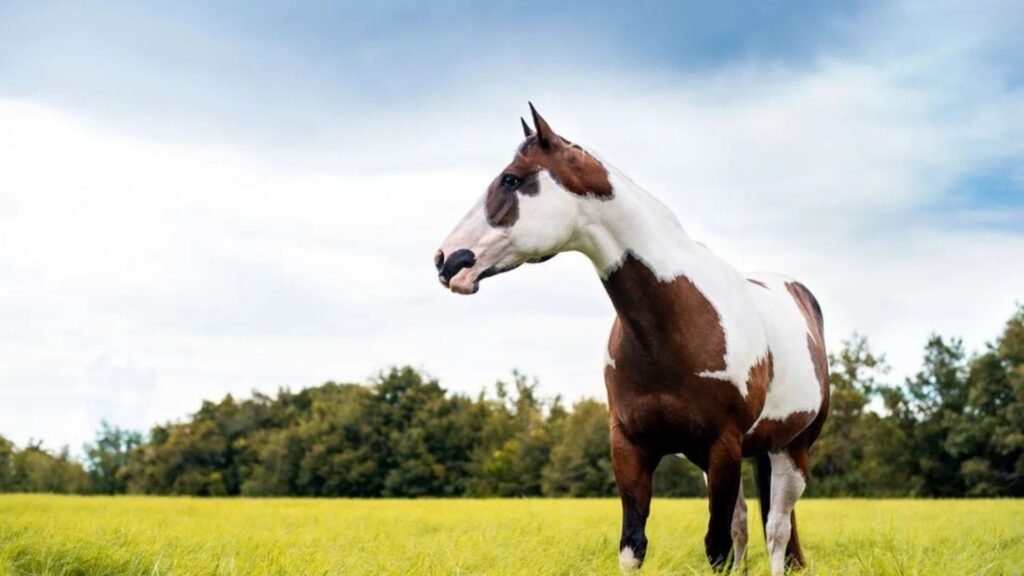
Balanced Diet: The Foundation of Health
A balanced diet is the cornerstone of your paint horse’s overall health. A paint horse needs a variety of nutrients to thrive, including protein, carbohydrates, fats, vitamins, and minerals. The first step in providing a balanced diet is understanding the different dietary components:
- Hay: The primary food source for horses is hay. It provides the fiber necessary for proper digestion. Depending on the needs of your paint horse, you may need to offer either grass hay or alfalfa hay. Grass hay is ideal for most horses, as it is lower in calories and higher in fiber, while alfalfa hay is rich in protein and calcium, which is beneficial for young or lactating horses but should be used sparingly for adult horses to avoid excess calcium.
- Grain: Grains like oats or specially formulated commercial grain mixes provide additional calories, protein, and nutrients. Grain is typically offered to horses that have higher energy demands, such as working or performance horses. However, it should be given in moderation to prevent overfeeding and ensure the horse does not become overweight.
- Water: Fresh, clean water should always be available to your paint horse. Horses need an adequate supply of water to aid digestion, maintain hydration, and support overall health. The average horse drinks between 5 to 10 gallons of water per day, but this can vary based on weather conditions, exercise level, and diet.
Adjust Diet Based on Activity Level
Just like any other horse, paint horses’ dietary needs change based on their activity levels. If your paint horse is actively competing, training, or working on the farm, it will require more energy than a horse that is retired or used for light riding. You can adjust your paint horse’s diet to meet these demands by:
- Increasing Grain Intake: Active paint horses may benefit from extra grain or high-energy feeds, such as those containing more fat or carbohydrates, to fuel their energy needs. This helps ensure they have enough stamina for activities like reining, barrel racing, or long trail rides.
- Monitoring Weight: Be mindful of your paint horse’s body condition. Regularly check the horse’s weight and adjust its diet accordingly. If the horse is gaining weight too quickly, reduce the grain portion, and focus on providing more hay. Conversely, if the horse is losing weight or lacks energy, increase the grain intake and provide additional calories.
Provide Supplements When Needed
Paint horses may need additional supplements depending on their specific needs, health issues, or performance requirements. Common supplements include:
- Electrolytes: Horses sweat during exercise, especially in hot weather, and lose important minerals like sodium, potassium, and chloride. Offering an electrolyte supplement can help replenish these essential nutrients and prevent dehydration and muscle cramps.
- Vitamins and Minerals: If your paint horse’s diet lacks certain vitamins or minerals (such as calcium, phosphorus, magnesium, or vitamins A and E), you may need to supplement with a mineral or vitamin supplement. A balanced vitamin and mineral supplement helps promote bone health, immunity, and overall well-being.
- Joint Supplements: If your paint horse is involved in high-impact activities like barrel racing or jumping, joint supplements with glucosamine and chondroitin can help maintain healthy joints and prevent arthritis.
- Digestive Health: If your paint horse has a sensitive digestive system or is prone to colic, digestive supplements like probiotics or prebiotics can help maintain gut health and improve digestion.
Monitor Body Condition
Maintaining an ideal body condition is crucial for your paint horse’s overall well-being. Being either underweight or overweight can lead to a range of health problems, including poor performance and joint issues. Here are some signs to watch for:
- Underweight Horse: If your paint horse looks too thin or lacks energy, it may need additional calories and nutrients. Gradually increase its grain intake or provide higher-calorie feeds to encourage weight gain. It may also be a sign that the horse has dental issues or digestive concerns, so be sure to consult with a veterinarian.
- Overweight Horse: On the other hand, if your paint horse appears overweight, you may need to cut back on grain and provide more fiber-rich hay. Avoid overfeeding grain and ensure that the horse gets enough exercise to burn off excess calories.
Conclusion
Proper nutrition is key to ensuring your paint horse remains healthy, energetic, and ready to perform at its best. By providing a balanced diet of hay, grains, and supplements when necessary, adjusting for activity levels, and monitoring body condition, you can keep your paint horse in optimal health. Don’t forget to provide fresh water, monitor forage quality, and establish a regular feeding schedule for the best results. With the right nutrition and care, your paint horse will remain a happy, healthy, and effective partner in whatever equestrian endeavors you pursue.







